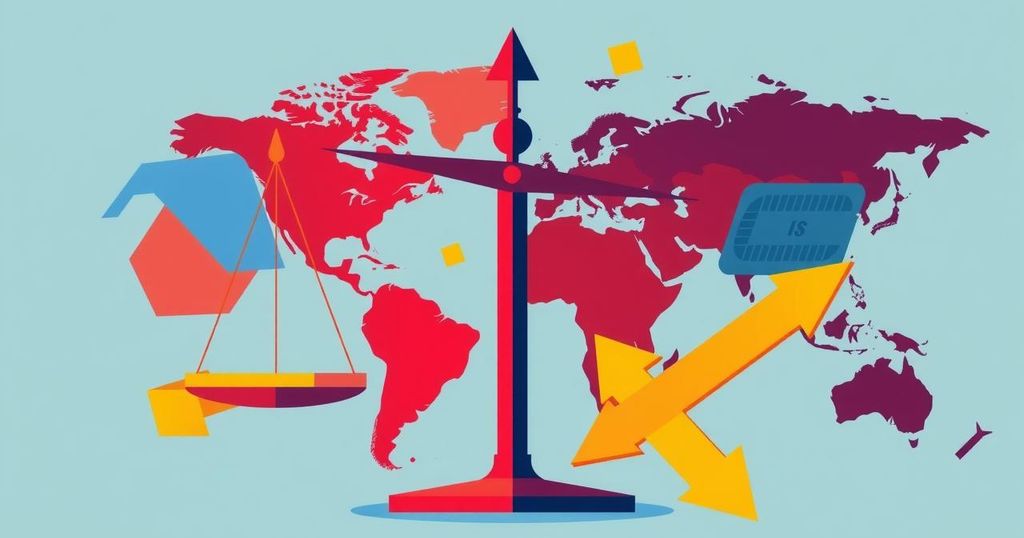The White House criticized India’s stringent testing requirements, which inflate costs for U.S. companies, estimating a potential increase in U.S. exports by $5.3 billion if these barriers are lifted. An executive order by Trump addresses India’s high tariffs, aiming to implement reciprocal tariffs to promote fair trade practices.
The White House has articulated concerns about the significant testing requirements imposed by India across various sectors, suggesting these barriers result in excessive costs for U.S. companies. Removing these restrictions could lead to an estimated increase in U.S. exports by at least $5.3 billion annually.
An executive order titled “Regulating Imports with a Reciprocal Tariff to Rectify Trade Practices that Contribute to Large and Persistent Annual United States Goods Trade Deficits” was signed by former President Trump in the White House’s Rose Garden, marking April 2, 2025, as a pivotal date for American industry. This order specifically addresses the tariffs that India levies on U.S. products.
The order points out that while World Trade Organization (WTO) members have committed to binding their tariff rates at most-favored-nation (MFN) levels, substantial disparities in tariff rates persist. For instance, the U.S. maintains one of the lowest MFN tariff rates globally at 3.3 percent, in stark contrast to India’s 17 percent and other nations with higher rates.
Notably, the average MFN tariff rates mask larger variations among specific products. For example, the United States imposes a 2.5 percent tariff on passenger vehicles, whereas India imposes a staggering 70 percent. Furthermore, tariffs on other goods, such as network switches and routers, illustrate similar discrepancies, with India’s tariffs exceeding those of the United States significantly.
In his announcement of new tariffs, Trump highlighted the steep 52 percent duties that India charges on U.S. goods, citing concerns over “currency manipulation and trade barriers.” Consequently, the U.S. plans to implement “discounted reciprocal tariffs” of 26 percent for India, aiming to address these unequal trade practices. Trump emphasized the longstanding imbalance, stating, “India, very, very tough. Very, very tough,” and expressed his view that the U.S. has been overly lenient for years in trade agreements.
The White House’s concerns regarding India’s burdensome testing requirements highlight the significant barriers faced by U.S. exporters. The newly signed executive order aims to recalibrate trade relations through reciprocal tariffs, addressing the substantial tariffs imposed by India compared to those in the U.S. Efforts to rectify these imbalances could yield considerable benefits for U.S. exports, reinforcing the focus on fair trade practices.
Original Source: m.economictimes.com




